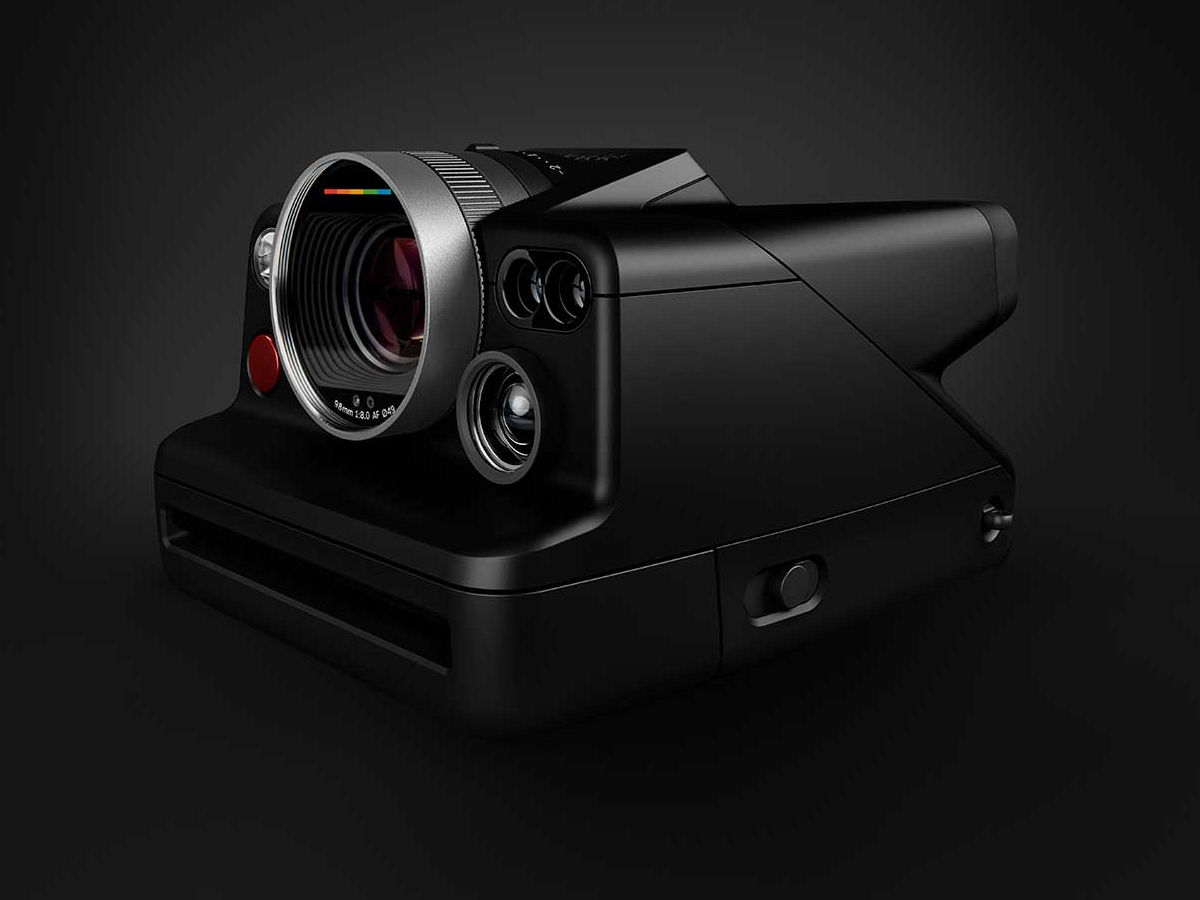
Moving with the currents of a swell in analog and retro camera popularity, Polaroid released its I-2 camera last week.
According to the historically famous brand, the new camera combines traditional analog shooting in true Polaroid style with an assortment of modern digital features.
However, is it really worth its surprisingly steep price tag?
The answer to that is somewhat subjective. After all, you’d be paying a hefty premium for what you can essentially obtain from Polaroid’s own Now and Now+ cameras, both of which cost far less at $120 and $150 respectively.
Or you could simply go for a camera like Fujifilm’s Instax models, which offer instant photo functionality at less than a sixth the price of the I-2.
And if you’re really into the authentic retro analog Polaroid experience, you could splurge a bit more to get yourself a genuine old Polaroid such as the SX70. It too is pricey but you’ll save well over $150 off the cost of the I-2.
So what’s Polaroid offering in exchange for all the extra dollars from your wallet?
Well, with the I-2, the manufacturer claims to give you the benefit of its sharpest lens, integrated manual control features and a fairly advanced AF system that includes LiDAR light detection and ranging.
As Polaroid CEO Oskar Smolokoswski states,
“For a long time, it was our dream to make a high-end Polaroid camera and give people more choice in the world of analog photography — a choice that many passionate photographers told us they were craving,”
The Polaroid executive also adds,
“To develop the I-2, we expanded our engineering team and spent more than four years designing and finessing every element. It is the most capable camera we’ve ever made and a true milestone in our journey.”
As for the performance of the new camera, much of it hangs on its modern f/8 autofocus lens. This 3-element apparatus has been precision-built by Japanese optical engineers with “decades” of experience in analog product design according to Polaroid.
The 98mm lens delivers focus from a distance of 1.3 feet (just under half a meter) out to infinity and includes a stepping motor for making this work.
The optic also delivers a FOV equal to that of a 38mm lens on a full-frame camera because of Polaroid’s instant film for the I-2. Worth noting is that the new camera can also accept instant shooting film from the brand’s i-Type, SX70 and 600 lines.
Another selling point of the I-2 is its range of manual controls for expanded functionality compared to what previous and other instant film cameras offer.
These controls include six different shooting modes that include aperture priority, fully automatic, shutter speed priority and completely manual shooting.
Inside the impact-resistant plastic shell of the I-2 there’s also an integrated strobe with a 2.5-meter range (8 feet). The camera can work with an external flash if needed too thanks to its 2.5mm jack. There’s also a tripod mount along the bottom of the I-2.
Other modern touches to the I-2 are its Bluetooth connectivity and a downloadable app that lets you remotely control the I-2. It also has an integrated LiO battery and USB-C port for recharging it.
On a full charge, the I-2 can handle up to 15 packs of instant film
All of the above are very nice features and they do make the I-2 stand out from the other instant film cameras on the market right now.
Polaroid has also launched a publicity campaign for the device that touts its creative value for “Imperfectionists” (as the campaign is actually called.) and for this, the company has hired several professional creative photographers.
However, we’re still talking about a camera that shoots instantly printable, fairly mundane photos that are limited by design despite all the bells and whistles attached to the device.
One of the artists working with the “Imperfectionists” campaign comments,
“I am not interested in perfection. Chaos. Spontaneity. Randomness. That’s where reality exists,”
They add, “Working with the I-2 and the Polaroid film is remarkable. As a creative tool, it has a lot of capabilities, while you cannot always predict what the photo will look like. Every shot is unique, and the process is as meaningful as the result.”
Well sure, but you can also get all of that with a much cheaper instant camera, or just about any other digital camera, while also having more options.

Thus if you want real imperfection, why spend $600 on it? And if you want spontaneous “imperfection” but with lots of digital features, why not go for a camera that delivers more than Polaroid shots?
With modern software editing technology, photos you take from nearly any digital device worth its salt can in any case be edited to look nearly identical to those of the I-2.
So while the Polaroid I-2 is definitely one very lovely toy for Polaroid photography, is it really worth its price?
If you don’t mind the outlay, it might be a great tool for having some fun with creative expression, but it’s also worth remembering that fundamentally, Polaroid is selling a marketing gimmick for a specific photo craze to justify a fairly steep price.
The Polaroid I-2 is available now for $600.
Highly Recommended


Check out these 8 essential tools to help you succeed as a professional photographer.
Includes limited-time discounts.
Learn more here
Credit : Source Post



